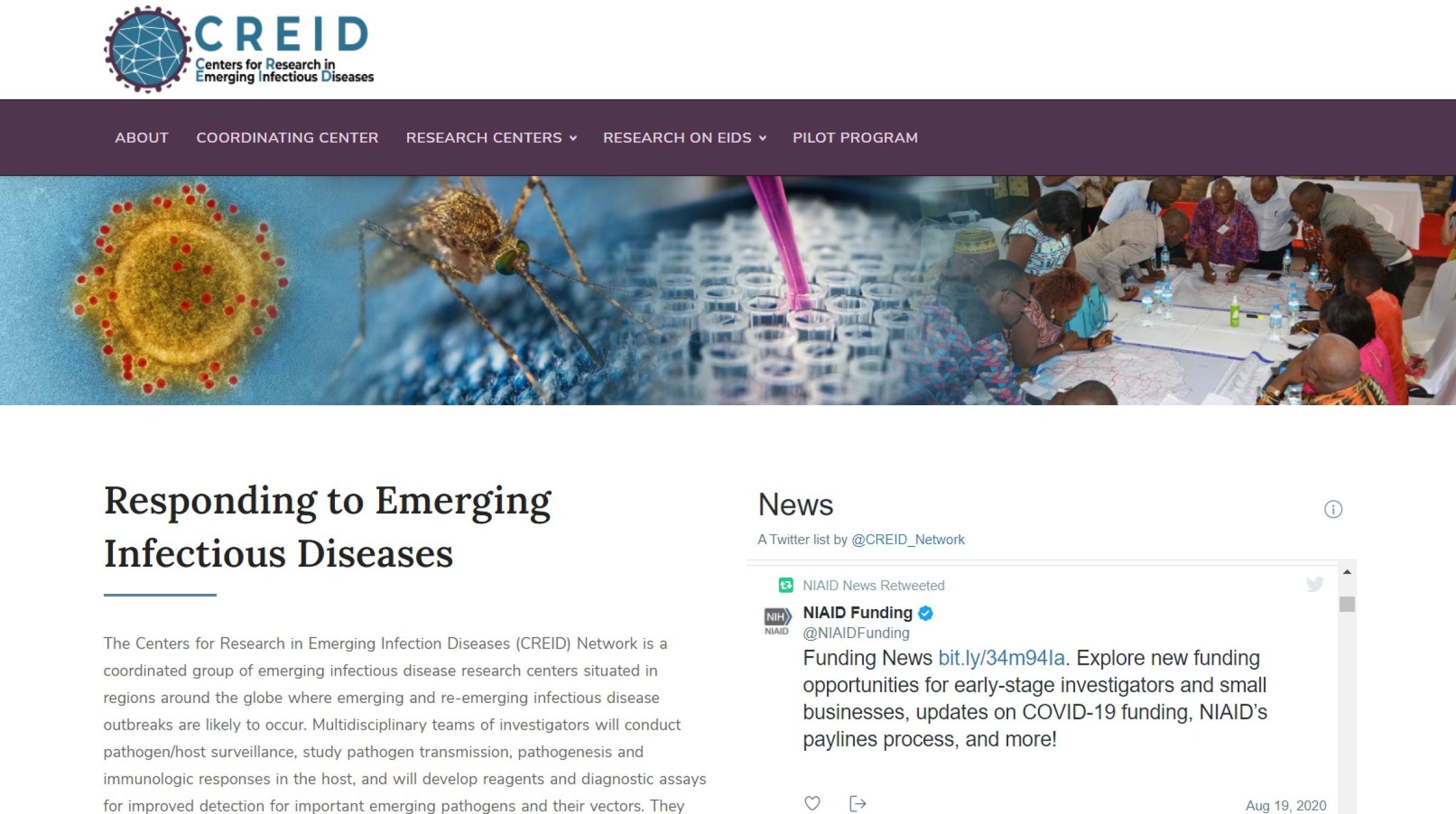NIAID-supported scientists are working to understand the pathology of dengue disease and to develop cost-effective, sensitive, and specific diagnostic tests for use in dengue-endemic countries. The goal of these tests is to provide early detection of the disease, distinguish between the different viral dengue, and predict which people are at highest risk of developing the more severe forms of the disease, dengue hemorrhagic fever and dengue shock syndrome. Quick and effective diagnosis of dengue is critical to effectively control outbreaks, treat the disease, and reduce mortality. In one project supported by NIAID, researchers are developing an automated, portable, point-of-care machine for rapid dengue diagnosis using PCR technologies. The prototype machine is being evaluated using clinical samples.
In 2011, the Food and Drug Administration approved the first test in the United States to diagnose patients with signs and symptoms of dengue fever. Made by Inbios International, Inc., with support from the Centers for Disease Control and Prevention and NIAID, the diagnostic known as the DENV Detect IgM Capture ELISA looks for dengue virus antibodies in blood samples of patients who are symptomatic for the fever. The test will be used in clinical laboratories and may improve patient care by facilitating faster, more accurate dengue diagnoses.



